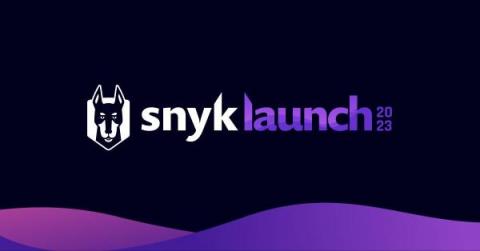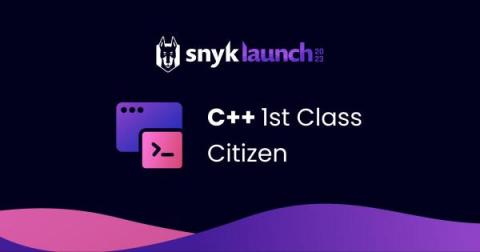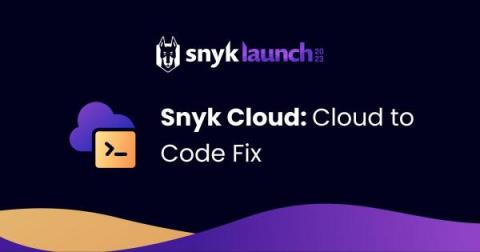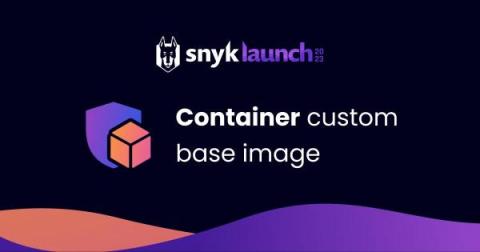Security | Threat Detection | Cyberattacks | DevSecOps | Compliance
Latest News
Another Password Manager Breach: Practical Tips to Protect Stolen Credentials
In light of recent password manager breaches, our experts have provided tips on how to protect your organization from compromised credentials. In recent weeks, cybersecurity has once again been thrust into the spotlight with the news that both LastPass and Norton LifeLock, two popular password management services, have been targeted in cyberattacks, resulting in the compromise of customer password manager accounts.
Everything you need to know about the LummaC2 stealer: Leveraging IDA Python and Unicorn to deobfuscate Windows API Hashing
In this blog post, the KrakenLabs team will take a deep dive into a malware sample classified as LummaC2, an information stealer written in C language that has been sold in underground forums since December 2022. We assess LummaC2’s primary workflow, its different obfuscation techniques (like Windows API hashing and encoded strings) and how to overcome them to effectively analyze the malware with ease.
Tame the CVE Beast using a Digital Twin
There are never enough hours in the day to do everything. I think we all have a to-do list that is at least twice as long as the time available to complete it. To cope, we prioritize what’s “on fire” or what has the most potential to immediately cause damage if it’s not taken care of. Often the things we “should” focus on fall to the wayside as they are outshined by what we must do immediately.
SnykLaunch April '23: C/C++ expansion, cloud and IaC updates, custom container security, new integrations, and more
This month, we hosted our most recent SnykLaunch to announce the latest and greatest in Snyk solutions. As with all of our releases, we continue to focus on adapting security to what we see in modern-day development practices. Compared to only a few years ago, more independent development teams are working faster, along with a far more complex software supply chain, including cloud as part of the code. Because development practices look so different today, security teams often struggle to keep up.
Snyk brings developer-first AppSec approach to C/C++
Snyk is known for its developer-first application security solutions for many ecosystems like Java, JavaScript, Python, and more. Snyk enables developers to not only find issues but quickly apply fixes, revolutionizing security and supporting its integration at the earliest stages of the SDLC. In 2022, we released the first round of support for C/C++ open source packages, and today we’re excited to announce the Open Beta of C/C++ for Snyk Code and licenses for Snyk Open Source.
Fix cloud security issues faster and at the source with Snyk Cloud
In July 2022, we announced Snyk Cloud, extending the Snyk developer security platform to secure application and infrastructure configurations in running cloud environments. Today, we’re thrilled to introduce a new feature of Snyk Cloud that enables you to "fix cloud issues in IaC" (infrastructure as code), making Snyk Cloud the first solution to secure the cloud through code with remediation paths in IaC.
How Snyk uses AI in developer security
As a leader in applying AI to developer security, Snyk’s approach is unique. Today, we want to provide a glimpse at how Snyk currently uses AI and data science, as well as a sneak peek at what’s to come. Before diving in, we want to highlight two aspects of Snyk’s use of AI to set the stage.
SnykLaunch recap: Custom Base Image Recommendations
One of the exciting new features discussed at SnykLaunch today was Custom Base Image Recommendations (CBIR). In open beta since late 2022, CBIR is already being used by several organizations. We've been expanding the feature set as we approach general availability to include more flexibility and to incorporate hands-off automation capabilities, allowing users to leverage CBIR in their CI/CD pipelines.
Why You Should Scan Your Applications in the Repository
If your application development environment is like most, you’re using more code and you’ve accelerated the development of applications and software. That’s great for productivity, but it presents a big challenge for security, as your developers come under increasing pressure to ship code quickly — while also ensuring that their code is secure. They need to find a sweet spot between speed and security, and scanning at the repository level is the way to go. Here’s why.










